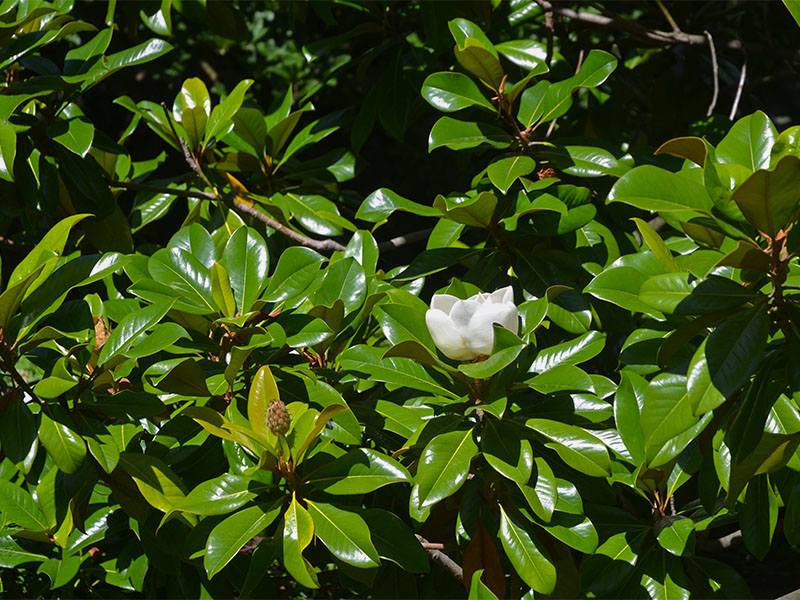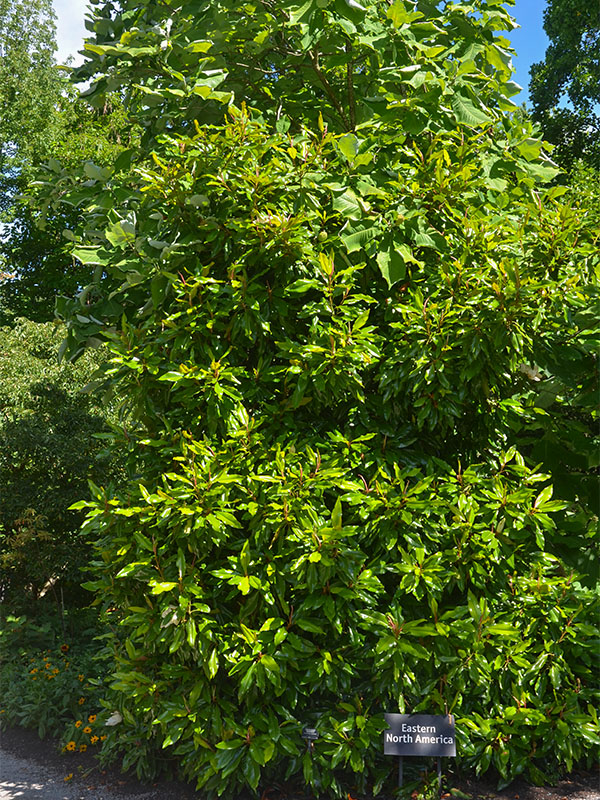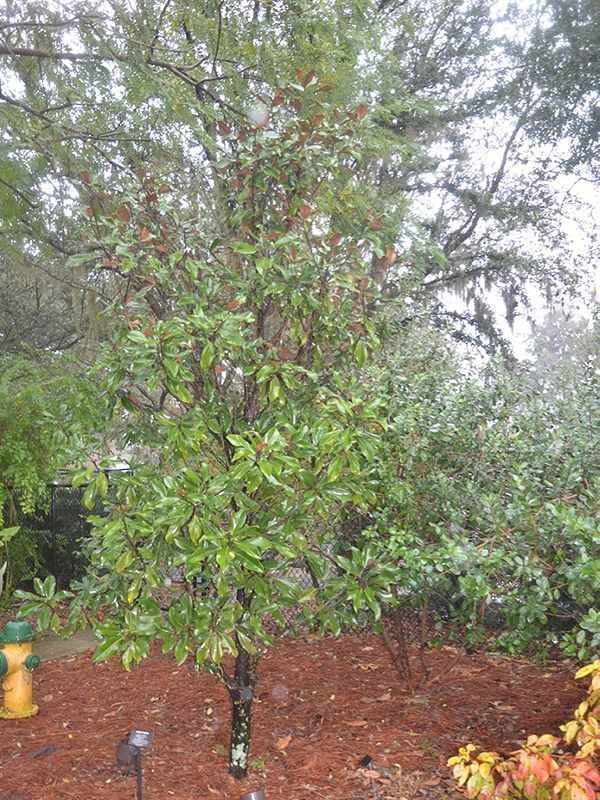
Woody > Magnolia > Magnolia grandiflora > Magnolia grandiflora
Magnolia grandiflora
Southern Magnolia, Bull Bay
Origin: The genus Magnolia is named after Pierre Magnol, a French botanist who lived from 1638 to 1715. Native to the Southeastern United States of America.
Mike's
Opinion


"
This southern native is a magnificent tree with great ornamental value. In the spring its attractive, creamy white, lemon scented blooms are pleasing to sight and smell making it a great focal point. With its large size and dense canopy, the Southern Magnolia is a great shade tree, providing a pleasant area to enjoy its fragrant beauty. In the autumn, the ripe seeds attract many species of birds and small wildlife. It can, however, be a high maintenance tree as it loses its foliage throughout the seasons and creates a fair amount of litter.
Michael Pascoe, NDP., ODH., CLT., MSc. (Plant Conservation)
"
| Family |
| Magnoliaceae |
| Genus |
| Magnolia |
| Species |
| grandiflora |
| Category |
| Woody |
| Type |
| Tree (evergreen) |
| Pronunciation |
| USDA Hardiness Zone |
| 7 - 9 |
| Canadian Hardiness Zone |
| 8 |
| RHS Hardiness Zone |
| H3 - H6 |
| Temperature (°C) |
| (-12) - (-1) |
| Temperature (°F) |
| 0 - 30 |
| Height |
| 20 - 25 m |
| Spread |
| 9 - 15 m |
Photographs
Description and Growing Information
Flowering Period
| General Description |
| A large evergreen tree, pyramidal to oval in shape. It bears large white blooms in the spring with green glossy leaves throughout the seasons. Large cone shaped, rust coloured fruit with bright red seeds, hanging form filamentous threads are dominant in the autumn. this species has been placed on the IUCN Red List as least concern. |
| Landscape |
| Most commonly used as an ornamental or specimen tree. Its large, dense pyramidal canopy makes a great shade tree. |
| Cultivation |
| Rich, moist, loamy, loose, acidic soils, is salt tolerant and likes full sun to partial shade. Can be severely pruned or cut back to form espaliered plantings against walls etc. A lime tolerant species. |
| Shape |
| Upright pyramidal to oval becoming more irregular in shape with age. |
| Growth |
| Medium |
| ID Characteristic |
| The Southern Magnolia can easily be identified by its large, valvate terminal buds in the winter and display of large, creamy white, fragrant flowers on its branch tips in the spring. Its leaves are glossy green on top and rusty tomentose underneath. |
| Pests |
| Southern Magnolia may suffer from Magnolia scale, Euzophera magnolialis (a wood borer), verticillium wilt, leaf spot, canker disease and bacterial blight. Most of these diseases can be treated by pruning the infected area, with exception of the wood borer which would have to be treated with an insecticidal spray. |
| Habitat |
| Near swamps and streams along the coastal plains of southeastern North America. It also grows in mesic upland areas with an elevation no higher than 150 m above sea level. |
| Bark/Stem Description |
| The bark is grey-brown in colour, fragrant and bitter. It is smooth when young, turning into scales or flat plates as it ages. |
| Flower/Leaf Bud Description |
| Terminal buds are 2-3 cm long, valvate and pubescent. Lateral buds are 0.5 cm, valvate and appressed. |
| Leaf Description |
| Magnolia grandiflora leaves are simple, alternate, and obovate in shape with smooth margins. They are acuminate at the apex and cuneate at the base. The top of the leaf is a leathery, glossy, dark green green while the bottom is tomentose and rusty in colour. They are 13-20 cm long and 5-7 cm wide. |
| Flower Description |
| The flowers are 17.5-20 cm across and have 6-12 creamy white petals with a lemon fragrance that is personified in the evening. They grow on stout, hoary, tomentose pedicels, emerging from the tips of twigs on mature trees in late spring. They are perfect and single. |
| Fruit Description |
| The fruit is a cylindrical cone shape that measures 7.5-10 cm in length and 5 cm wide. It is tomentose turning from purple to rust as it ripens. When it is ripe, shiny, bright red seeds 1 cm in length hang form filamentous threads. |
| Colour Description |
| The foliage is a deep, glossy green with a rusty underside and the bark is grey-brown in colour. April through June, this Magnolia bears large, creamy white flowers, and large, rusty coloured fruit with hanging bright red seeds in the autumn. |
| Texture Description |
| Medium texture when young, growing coarser with age. |
| Notable Specimens |
| Baton Rouge, Louisiana is home to one of the most famous Magnolia grandiflora trees. At 30 m tall, 20 m spread and trunk measuring 5.5 m in circumference, it is one of the largest Southern Magnolia trees existing today. Another notable specimen can be found at the White House near the south portico, Washington, DC, United States of America. Chelsea Physic Garden, London, United Kingdom. Lanhydrock Gardens, Cornwall, England. |
| Propagation |
| Magnolia grandiflora can be propagated by seed, cuttings or grafting. Seeds should be taken from the fruit after it has matured, between the months of September and October. Letting the fruit dry for several days allows the seeds to easily be shaken from the fruit. Soak the seed in warm water overnight and gently rub to remove the seed coat. They should be sown immediately after cleaning, covered with 6 cm of soil and kept moist until germination. Flowering may occur 15-20 years after the seed is sown. Cuttings are taken from softwood in June or July, after the flowers have fallen. Dip the cut end into 0.8% IBA rooting hormone and place in loose, acidic soil with good drainage. Keep the cutting covered, soil moist and place in direct sunlight for 6-10 weeks while roots develop. Flowering may occur one to two years after rooting. Magnolia grandiflora propagated from seed or cuttings are used as rootstock for grafting grandiflora as well as many other Magnolia species. |
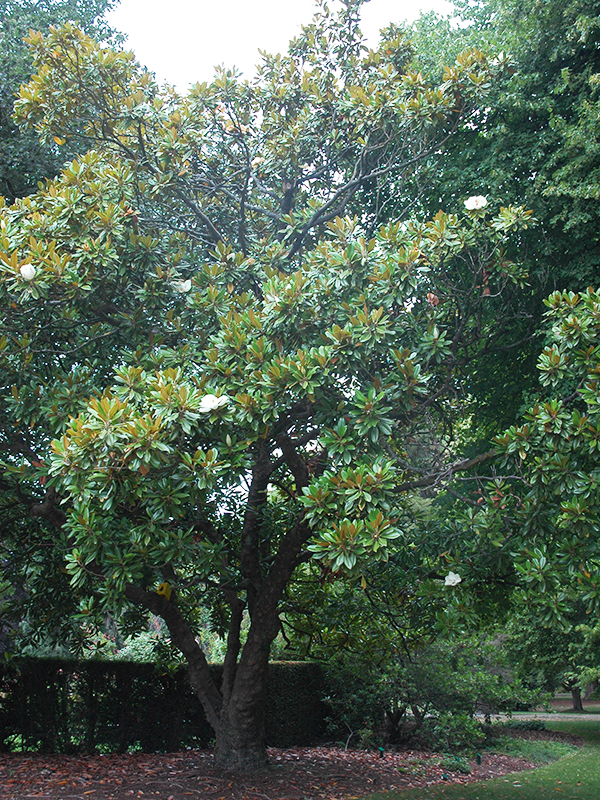
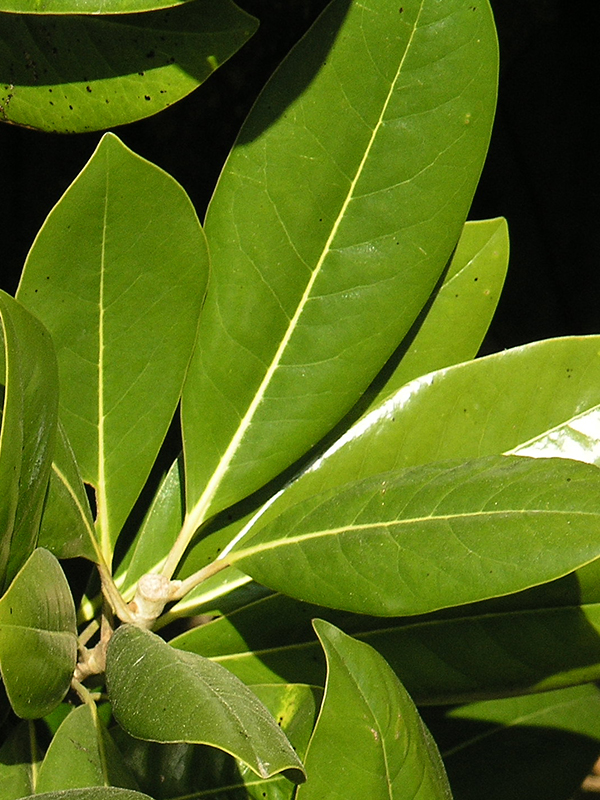
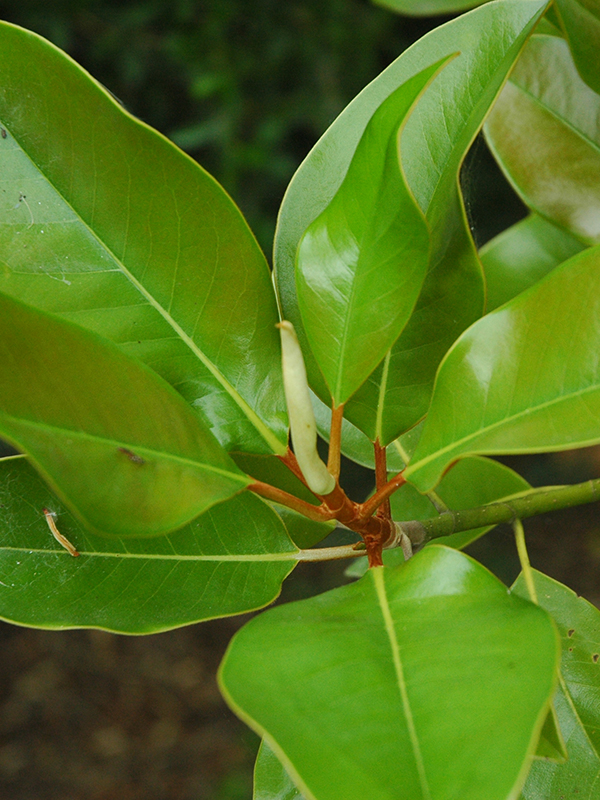
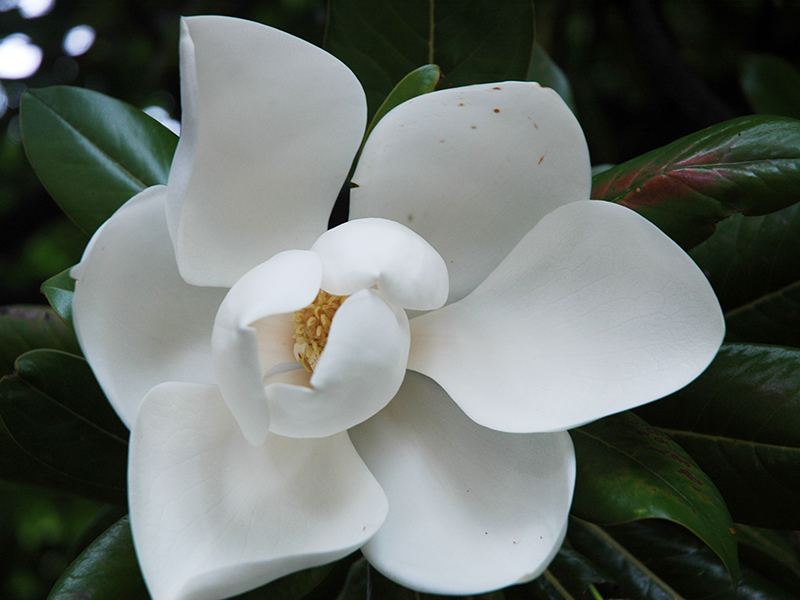
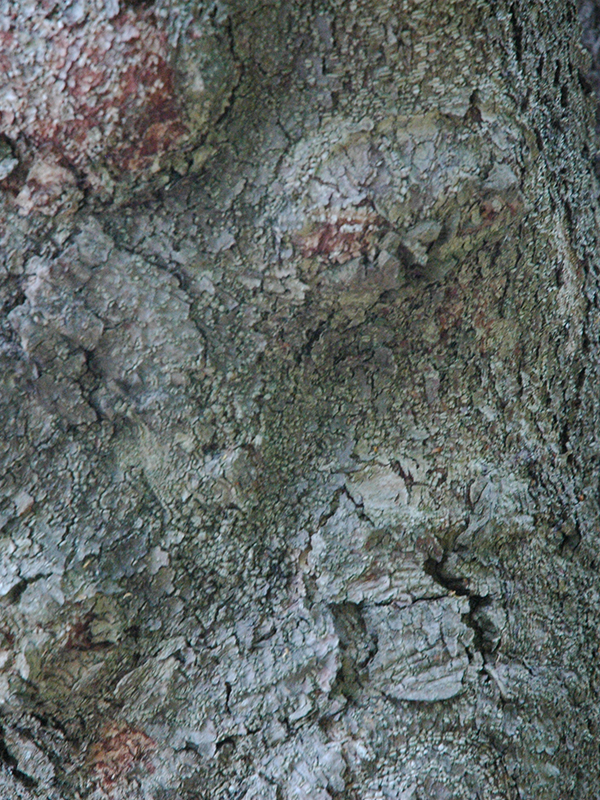
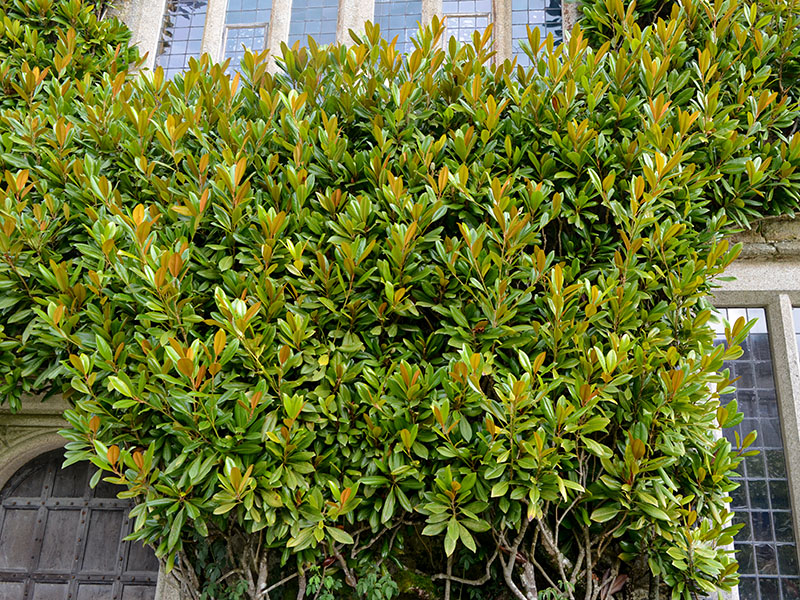
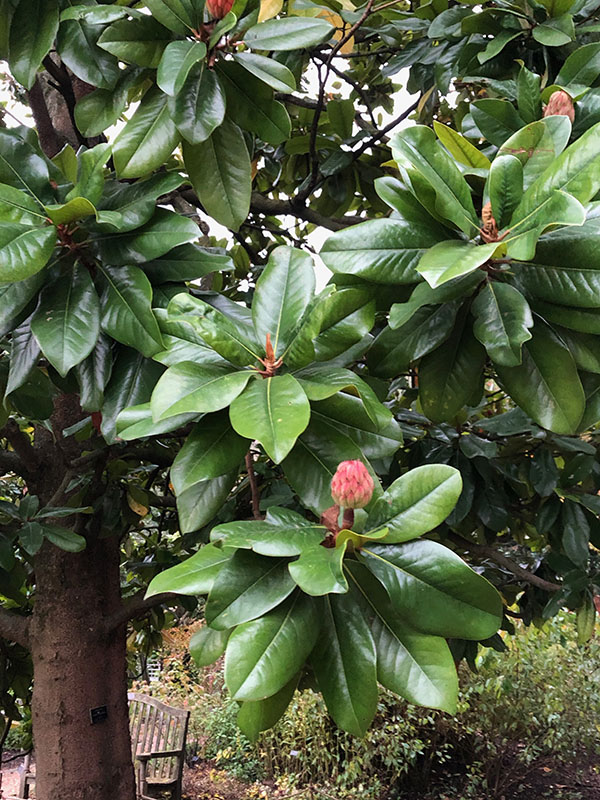
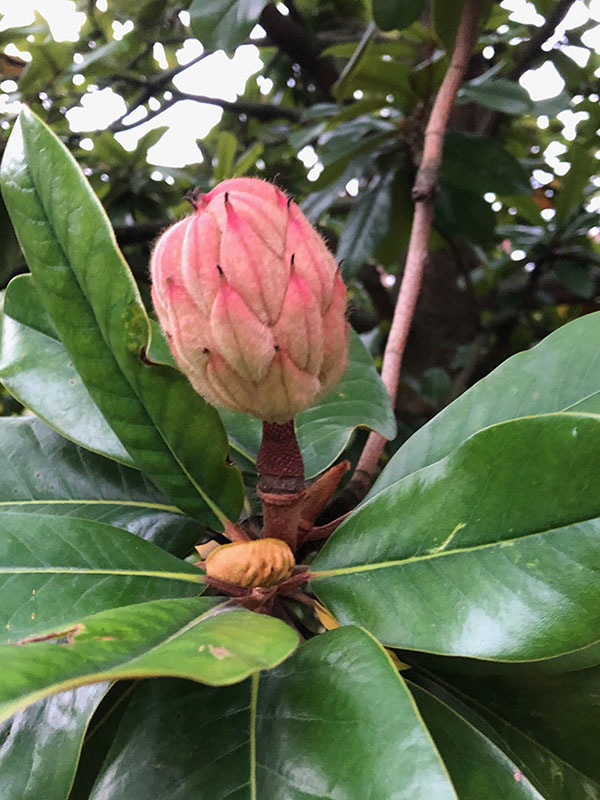
.jpg)
